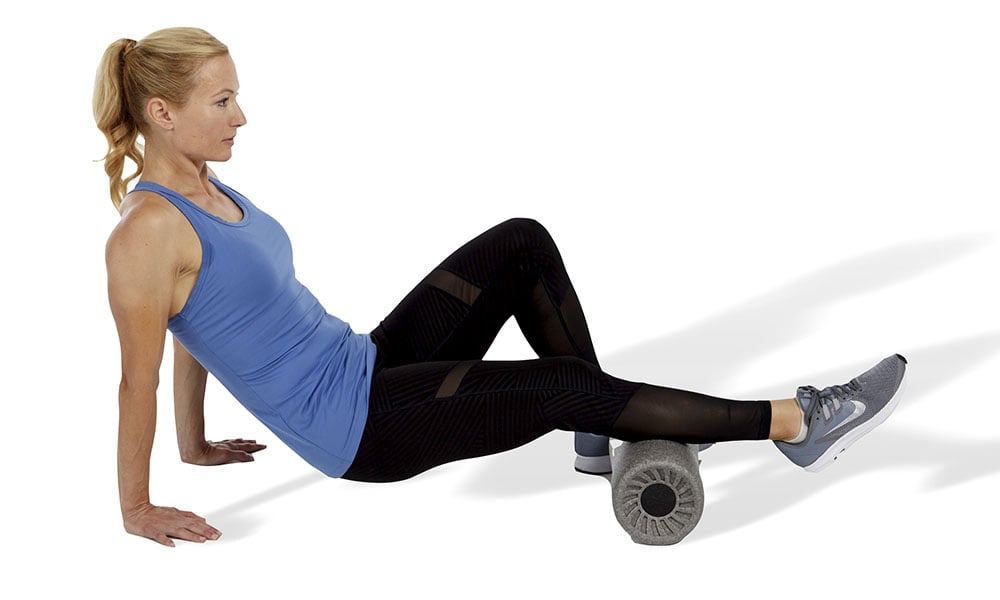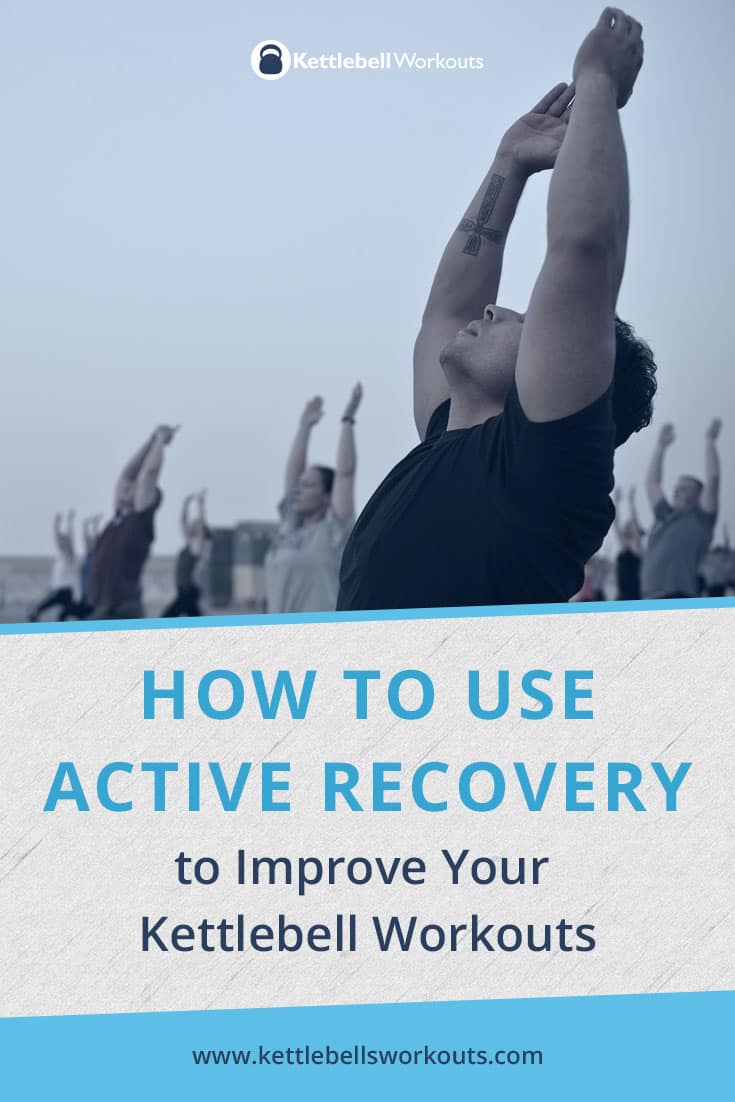

Sometimes, however, your body tells you that you need a rest day even though it may not be on your calendar. STEADY-STATE WALKING: High-intensity interval training might be all the rage, but there’s still a time and place for good old-fashioned steady-state cardio where you hold a moderate, sustainable pace for a certain period of time. Rollerblading is also a fantastic, low-impact cross-training option, and since it likely works different muscle groups than the exercises you’re used to, can help you avoid overuse injuries. Doing your cardio on skates helps challenge your brain and motor skills in a different way, promotes blood flow and circulation, and improves heart health. ROLLERBLADING: Take this ’90s throwback for a spin.

In addition, the water pressure helps improve circulation in the muscles, blood vessels, and heart. “ allows your body to be weightless, relaxes your joints, and stretches your body in ways you wouldn’t be able to on land,” says Lindsey Corak, a certified personal trainer at Life Time Athletic Boston. SWIMMING: Taking your workout to the pool is a great low-impact exercise option. HIKING: Compared to walking down a flat sidewalk or road, hiking on uneven terrain will work a wider variety of muscles and challenge your glutes, core, and ankle strength more. In fact, self-myofascial release may help increase range of motion and reduce delayed-onset muscle soreness following intense exercise, according to a review in the International Journal of Sports Physical Therapy. SELF-MYOFASCIAL RELEASE: Whether you use a foam roller, lacrosse ball, or massage gun, self-myofascial release-a method of massaging the connective tissues surrounding the muscles and bones-offers a bunch of recovery benefits. In addition, an easy yoga flow also promotes blood flow to help repair your broken-down muscle tissues. YOGA: This tried-and-true recovery activity not only increases flexibility, but it also teaches proper breathing techniques and body control.

Just make sure you keep the intensity low, and pencil in some complete rest on other days, too! To help you plan your next active recovery day, below is a list of some things you can do. Make sure both types of rest are regular parts of your workout routine. Sometimes you’ll want to schedule an active recovery day in order to help increase blood flow to sore muscles other days, you’ll want to sleep in to help with fatigue.

Both active and passive recovery days, however, are important for giving your body the adequate rest it needs. Planning an “active recovery” workout on rest days is a great way to give your body a break without being totally sedentary, unlike “passive recovery” days where you’re sitting on your couch all day binge-watching Netflix. In addition, “dialing it down for an active recovery day can offer a refreshing mental break from intense training,” says Alberta-based kinesiologist and exercise physiologist Dean Somerset, C.S.C.S. For example, if you’re training for a marathon, you can use an active recovery day as an opportunity to walk a few easy miles or take a gentle yoga class to work on flexibility. In general, an active recovery day features easy workouts no more than low to moderate intensity. That can mean anything from yoga or light stretching, a walk, or a leisurely jog. In other word, your body needs time to repair itself properly if all your body gets is physical stress without rest, you can reach the point of diminishing returns, or the point at which more exercise doesn’t result in any more progress.Īctive recovery, also called active rest, is when you do some sort of movement that is less intense than your regular workouts. But remember: Instead of working out every single day without giving your body time to rest, you need to take time for active recovery. It’s easy to get carried away by the feel-good sensations you get from exercise.


 0 kommentar(er)
0 kommentar(er)
